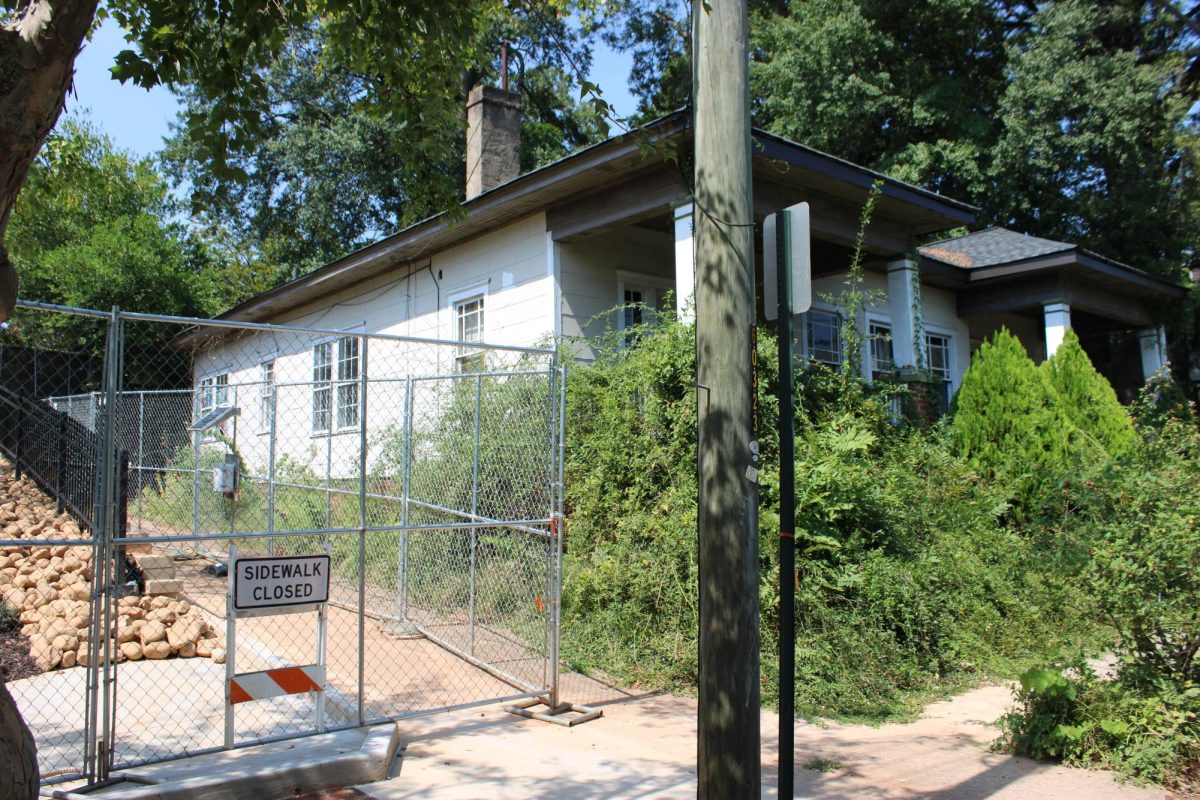The Atlanta Board of Education reviewed Guardrail 4, which is focused on innovation and accountability in the district, by examining the progress of underperforming schools after receiving varying district or state support and determining the next steps of improvement.
Guardrails are statements made by the Board of Education that aim to meet schools’ academic goals and improve student learning in the district. The superintendent identifies targets aligned with these statements for the board to approve.
“The Atlanta Board of Education has created a number of guardrails to make sure the district is focused on our most important responsibility: educating students,” District 3 board representative Ken Zeff said. “To monitor progress, we get regular updates from the superintendent on the progress of each of those goals.”
Guardrail 4.1 focuses on decreasing the number of struggling schools that require support from the district.
“Guardrail 4.1 includes measures that are designed to help us monitor and adhere to our Guardrail 4, which addresses innovation and accountability,” Superintendent Dr. Danielle Battle said. “It states that the percent of schools needing tier two and/or tier three support in the District Continuous Improvement Model will decrease from 37.5% in December of 2022 to 27.5% in December 2024.”
Tiers two and three of support are some of the most high-impact interventions. Lists of schools are created by the Georgia Department of Education to hold districts accountable for getting them the support they require.
“Tier two and three schools include schools on list… including Comprehensive Support and Improvement (CIS) schools, Targeted Support and Improvement (TIS) schools and Additional Targeted Support and Improvement (ATIS) schools,” Dr. Battle said.
The list on which a school is placed by the state determines the type of support it receives.
“CIS schools will work collaboratively with our state school effectiveness specialist and Metro Regional Educational Service Agency (RESA) school improvement specialist,” Battle said. “These schools are provided funds by the state and the district to support student learning. [However], TIS schools do not receive recess support but do receive district support from our turnaround coordinators. ATIS schools do not receive state or recess support but do receive district support. [These] schools will be required to have quarterly walks with our state support [and] are provided funds by the state and the district.”
Zeff said he doesn’t believe these lists are the most effective way to identify the support a school needs.
“I am not a fan of these lists from the state because they only look at the bottom 5% of schools in a variety of categories,” Zeff said. “I think it can be confusing and a little unpredictable. I prefer to report student growth and achievement on the measures that are important to students, like reading fluently by fourth grade or mastering eighth grade math.”
Guardrail 4 also has supports in place for when schools move off the lists. These allow for schools to build sustainability and move towards independence.
“We’ve put some supports in place and taken actions [that help get schools off the lists],” Executive Director to the Superintendent Sherri Forrest said. “But, when you do well enough to get off a list, that’s not enough; our goal is to make sure our students are proficient. When [schools get off the list] and [no longer] have the state and recess support, our team, side by side with our associate superintendents and principals continue that work.”
The district uses a three-year process to ease schools off of the intensive support.
“If you’re coming off the list, you’re in year one [and] you get these funds,” Forrest said. “Year two is reduced [support], so you build sustainability. If you’re always counting on people and you’re not building a sustainability plan, you will never reach where you need to be. [Using] that support [system], we’ve had schools that have been off [the list] for years based on that scaffolding.”
The Guardrail’s goal of going from 37.5% of schools requiring support in 2022-23 to 27.5% in 2024-25 meant that their target for 2023-24 was 32.5%. Currently, they are exceeding their goals with only 29.2% of schools requiring support.
“The good news is that the number of schools who were on those ‘target lists’ decreased by four schools or 8.3 percentage points in the 2023-24 school year,” Zeff said. “I am pleased that the district is making progress, but we have so much more work to do to ensure all of our students have the support and resources to achieve their greatness.”




















